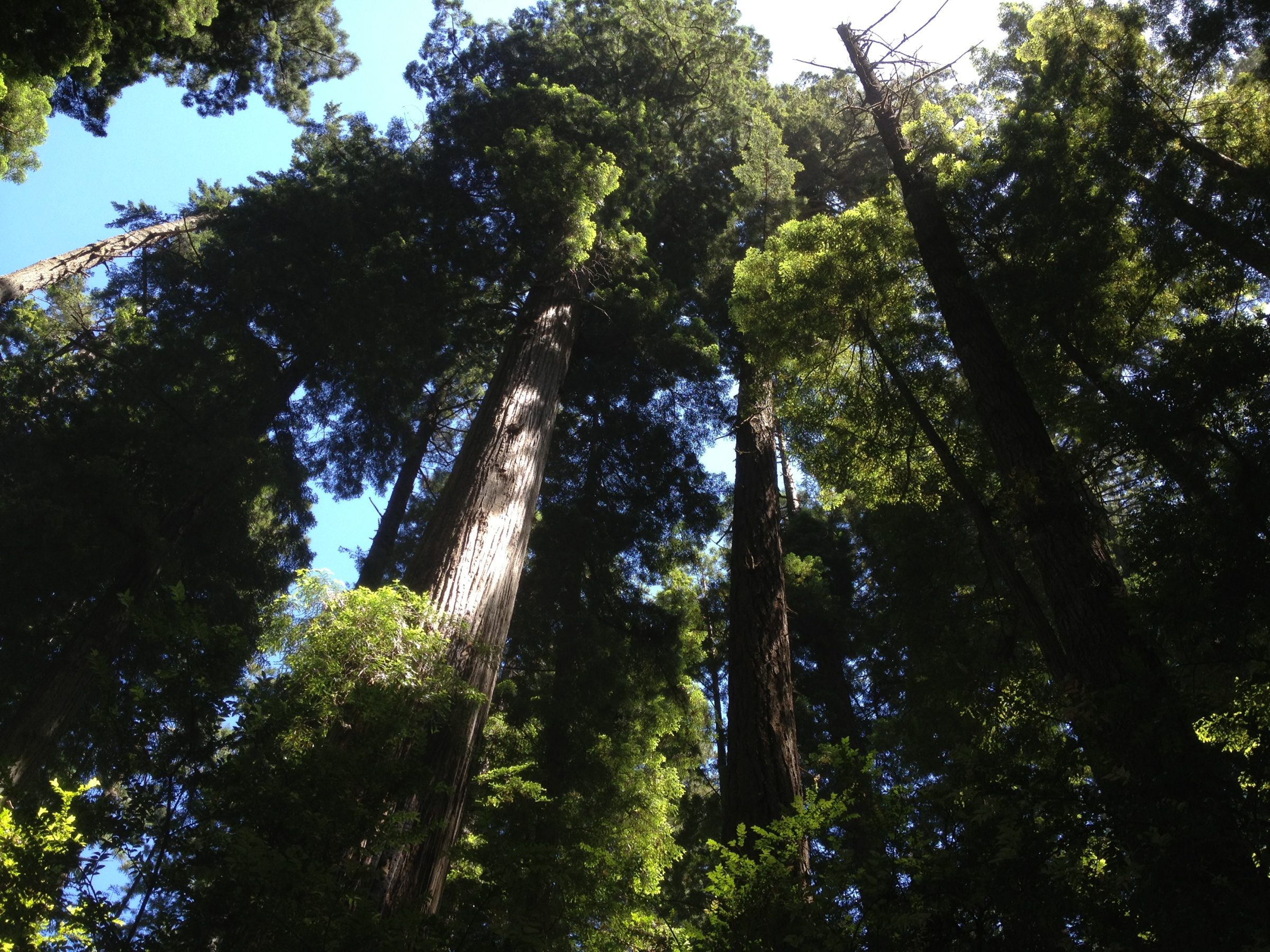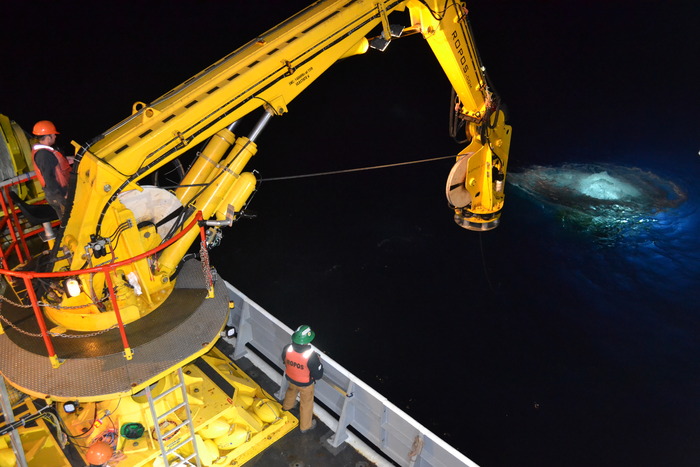It has generally been thought that flooding made the northern floodplains on our planet fertile. But in reality, those waters contained almost no nitrogen which is a key ingredient for growing plants. So how did the nitrogen get there that’s so important for plant life? School of Environmental and Forest Sciences Professor and Director Tom DeLuca explains the key link that has allowed grasslands to thrive in this region.
Read more »Crashing rockets could lead to novel sample-return technology
During spring break the last five years, a University of Washington class has headed to the Nevada desert to launch rockets and learn more about the science and engineering involved. Sometimes, the launch would fail and a rocket smacked hard into the ground. This year, the session included launches from a balloon that were deliberately directed into a dry lakebed. Far from being failures, these were early tests of a concept that in the future could be used to collect and return samples from forbidding environments – an erupting volcano, a melting nuclear reactor or even an asteroid in space.
Read more »Redwood trees reveal history of West Coast rain, fog, ocean conditions
Many people use tree ring records to see into the past. But redwoods – the iconic trees that are the world’s tallest living things – have so far proven too erratic in their growth patterns to help with reconstructing historic climate. A University of Washington researcher has developed a way to use the trees as a window into coastal conditions, using oxygen and carbon atoms in the wood to detect fog and rainfall in previous seasons.
Read more »Global ocean currents explain why Northern Hemisphere is the soggier one
In a recent paper published in Nature Geoscience, College of the Environment researchers discuss why the northern hemisphere of our planet experiences more rainfall than the southern hemisphere. The story involves ocean circulation, the Earth’s poles, warmer climates – and how they all connect to influence rainfall patterns. Read more in UW Today.
Read more »High-tech mission explores the ocean floor
Oceanographers at the College of the Environment recently returned from sea, engaging in cutting-edge research that will yield new insights into how our oceans work. Part of the Ocean Observatories Initiative, the work involves wiring the seafloor to have a continuous presence in the Pacific Ocean which allows scientists to monitor conditions in real time. Read more about this work and watch a video that shows some of what the scientists are seeing on the bottom of the ocean.
Read more »




